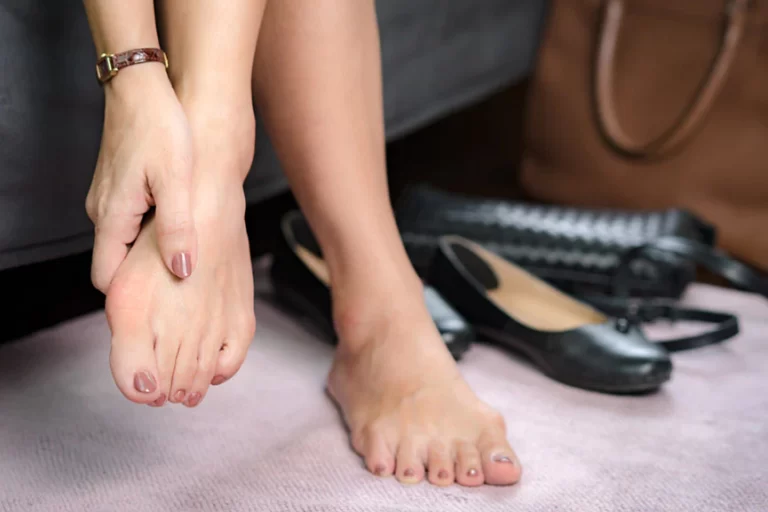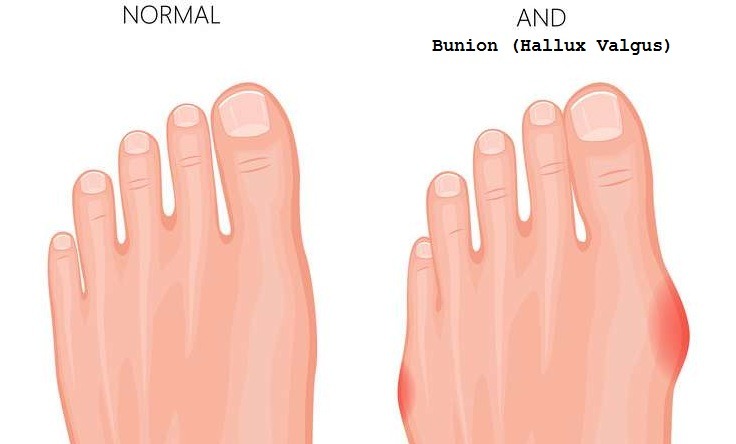Ligament Injury With Ankle Sprain
Snowfall, which covered most of our country with a white blanket, brought along beautiful views and entertaining winter activities, as well as effective icing and frost. In this case, the cases of slipping and falling increases on roads, sidewalks, and in all outdoor environments where we carry out our daily routines.
During this period, we should all have to be very careful against slipping and falling. Excessive icing and slippery grounds can cause severe fractures, ligament injuries and tissue damage as a result of ankle sprain. Ankle sprain is also among the most common injuries during such periods.
External lateral ligament tears after ankle sprain is the most common musculoskeletal ligament injury. An estimated one out of every 1000 people suffer from an ankle sprain every day, which can increase even more with ice due to snowfall.
Ankle sprain mechanism results in ligament injury as a result of mostly inward rotation of the ankle. In the meantime, the ligaments on the outer side of the ankle first stretch and then tear.
There are strong ligaments inside and outside that ensure the stability of the ankle. The important ones of these are 3 from front to back on the outside and 1 on the inside. The ATFL ligament, which is on the outer front side, is injured the most in sprains.
Ligament Injury Symptoms After Ankle Sprains
During an ankle sprain, the person feels tearing, mostly in the outer part of the ankle, and then pain. There is minimal functional loss in mild ankle sprains. There is no limping, no or very little swelling. Only when the ankle is turned towards the sprained position, there is punctuate pain. Punctuate pain and swelling, limping and inability to walk can occur in moderate tears.
There is widespread swelling and tenderness in severe injuries. There is a complaint of not being able to step on the injured area due to swelling and pain. The patient cannot walk or put weight on the injured area.
Diagnosis of Ligament Injury After Ankle Sprains
In our clinic, we use radiography to evaluate whether there is a fracture and dislocation in the patient who applied to the physician with ankle sprain. If there is no bone damage, we recommend the use of ankle bracelets that restrict ankle movements but allow walking for 1 week in mild ankle sprains and 3 weeks in moderate injuries.
Treatment of Ligament Injuries After Ankle Sprains
If there is a fracture in the examined X-rays and this fracture is not dissociated or is separated less than acceptable limits, we apply a short boot style cast that allows the feet to breathe for 3 weeks in children, 5-6 weeks in adults.
When this type of cast is applied, if the fracture is not in the bones that carry the weight of the body, we allow the patient to walk with single or double crutch support. We recommend that adult patients use an ankle bracelet for 2 weeks after the cast is removed, depending on the patient’s examination. Physical Therapy and Rehabilitation is beneficial after Orthopedic treatment for the ankle to regain its former range of motion. The muscles surrounding the ankle are also strengthened to help the injured ligament repair itself with Physical Therapy. If the injury is deemed as a severe sprain, we use MRI to evaluate whether there is an unidentified fracture on X-rays and to understand the degree of ligament injury.
Another case we frequently encounter in applications made with ankle sprain is the foot 5th metacarpal bone fractures. Therefore, after an ankle sprain, not only the ankle circumference but also the outer side of the foot should be examined and radiography should be applied.
Our priority is non-surgical treatment in ligament injuries occurring together with ankle sprain. We perform ankle arthroscopy and subsequent ligament repair operations in patients who describe pain, difficulty in movement and feeling of emptiness in the ankle despite physical therapy following the application of an ankle or short boot cast. We allow walking with the ankle stabilization orthosis on the second day after ankle ligament repair surgery is performed as a result of ankle sprain. After three weeks, we remove the orthosis and direct our patients to physical therapy and we achieve full well-being in 2 months in total.









